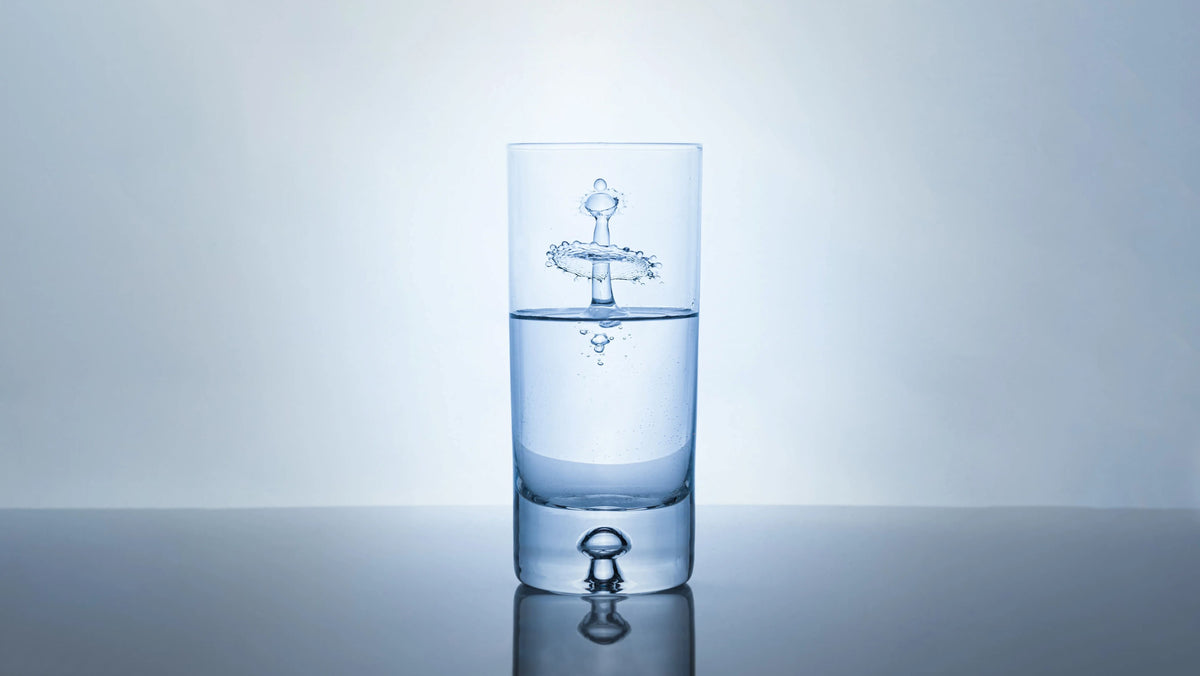Brine Tank Water Softener

Navigating Water Softening Efficiency: The Brine Tank Water Softener Guide
Water softening is a transformative process that enhances water quality, making it gentler on appliances and more enjoyable for daily use. At the heart of an effective water-softening system lies the brine tank, a crucial component that plays a pivotal role in the regeneration process. This comprehensive guide explores the intricacies of brine tank water softeners, unraveling their functionality, benefits, and the impact they have on the water you use every day.
Understanding Brine Tank Water Softeners: Masters of Regeneration
The brine tank in a water softener is instrumental in the regeneration process, a key phase in maintaining the softening efficiency of the system. Over time, as a water softener removes hardness-causing minerals like calcium and magnesium from water, the resin bed within the softener becomes saturated. To rejuvenate the resin and ensure continuous softening, the regeneration process involves flushing the resin with a highly concentrated brine solution, effectively exchanging the captured minerals for sodium ions.
Central to the regeneration process is the brine solution stored in the brine tank. Composed of salt and water, this solution serves as the medium through which the water softener replenishes its resin bed. During regeneration, the brine is drawn into the resin tank, initiating the ion exchange that revitalizes the resin and prepares it for another cycle of water softening.
The efficiency of a water softener hinges on the proper functioning of the brine tank. Ensuring the right salt levels, proper brine concentration, and regular maintenance are essential for maximizing the softening capacity of the system. A well-maintained brine tank guarantees that the regeneration process occurs seamlessly, keeping your water softener in peak condition.
Brine tank water softeners often come with adjustable settings to customize the amount of salt used during regeneration. This flexibility allows users to fine-tune the softening process based on the hardness of their water and their specific preferences. Having control over salt settings not only optimizes the efficiency of the softener but also contributes to salt conservation.
To prevent potential issues such as overflows, advanced brine tank water softeners are equipped with overflow prevention mechanisms. These features ensure that the brine tank doesn't exceed its capacity, safeguarding against spills and mess. This design consideration adds a layer of convenience, assuring users that the softening process occurs without the risk of unintended complications.
Many modern brine tanks feature a transparent design, allowing users to monitor salt levels effortlessly. This transparency enables homeowners to gauge when it's time to add more salt, ensuring a continuous supply for regeneration. The convenience of at-a-glance monitoring simplifies the maintenance process, preventing unexpected interruptions to the water softening system.
The primary function of a water softener is to mitigate the adverse effects of hard water on appliances. By using a brine tank water softener, you're actively contributing to the longevity of your appliances. Softened water is gentler on appliances like water heaters, washing machines, and dishwashers, reducing the accumulation of scale and enhancing overall performance.
Hard water is notorious for causing scale buildup in plumbing systems, which can lead to clogs and reduced water flow. A brine tank water softener effectively prevents scale formation by continuously regenerating its resin bed. This preventative measure ensures that your plumbing remains free from the damaging effects of scale, minimizing the need for costly repairs or replacements.
Softened water possesses superior cleaning capabilities, whether you're washing dishes, laundering clothes, or scrubbing surfaces. With a brine tank water softener, soap and detergents lather more effectively, leading to cleaner dishes, softer laundry, and a sparkling home. The efficiency of cleaning agents in softened water is a boon for household chores, simplifying tasks and elevating overall cleanliness.
Brine tank water softeners are designed with user-friendly installation in mind. Many models come with straightforward instructions, allowing homeowners to take charge of their water-softening system without the need for professional assistance. This DIY-friendly approach not only saves time and money but also empowers users to be actively involved in the maintenance of their water softener.
Final Thoughts
In the realm of water softening, brine tank water softeners stand out as indispensable guardians of water quality. Through their meticulous regeneration process, these softeners ensure that the water you use in your daily life remains free from the burdens of hardness. Whether you're safeguarding your appliances, enhancing cleaning efficiency, or contributing to a healthier home environment, a brine tank water softener is an investment in the transformative power of softened water. Choosing the right softener, understanding its functionality, and embracing regular maintenance are the keys to unlocking the full potential of this essential component in the realm of water treatment. As you embark on your journey to softer, more enjoyable water, let the brine tank water softener be your steadfast companion, ensuring a continuous supply of quality water for years to come.
Final Thoughts
In the realm of water softening, brine tank water softeners stand out as indispensable guardians of water quality. Through their meticulous regeneration process, these softeners ensure that the water you use in your daily life remains free from the burdens of hardness. Whether you're safeguarding your appliances, enhancing cleaning efficiency, or contributing to a healthier home environment, a brine tank water softener is an investment in the transformative power of softened water. Choosing the right softener, understanding its functionality, and embracing regular maintenance are the keys to unlocking the full potential of this essential component in the realm of water treatment. As you embark on your journey to softer, more enjoyable water, let the brine tank water softener be your steadfast companion, ensuring a continuous supply of quality water for years to come.




